According to the CBSE Syllabus 2023-24, this chapter has been removed from NCERT Class 8 Science textbook.
CBSE Class 8 Science Chapter 3 Notes: Synthetic Fibres And Plastics
Clothes that we wear on a daily basis are made of fabrics. Fabrics are made of fibres which are obtained from natural and artificial sources. Wool, silk, and cotton are a few examples of natural fibres. Fibres like polyesters and terylene are a few examples of synthetic fibres. In class 8 science chapter 3, the various types of synthetic fibres, along with their characteristics are mentioned in this article.
Let’s Build
Fibre
- The clothes which we wear are made of fabrics.
- Fabrics are made from fibres obtained from natural or artificial sources.
- Fibres are also used for making a large variety of household articles.
To know more about Fibre, visit here.
Polymer
- The word ‘polymer’ comes from two Greek words; poly, meaning many and mer, meaning part/unit.
- A polymer is a substance composed of many repeated similar subunits.
To know more about Polymer, visit here.
Synthetic Fibre
- Fibres that are made or created by humans are known as synthetic or man-made fibres.
- Humans have been able to make a variety of synthetic fibres. Eg: rayon, nylon etc.
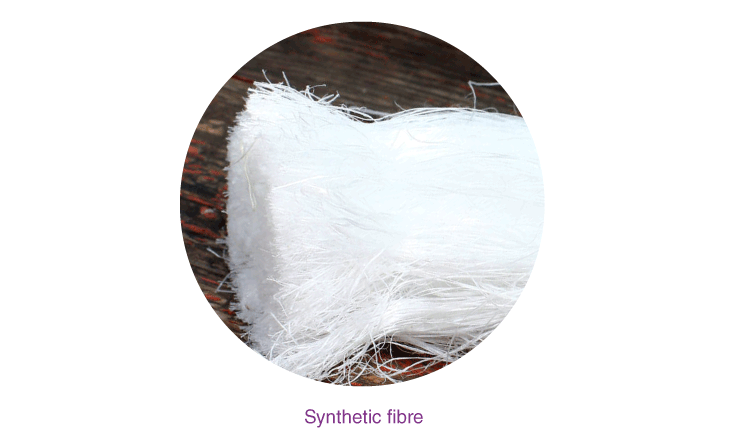
To know more about Synthetic Fibre, visit here.
Natural Fibre
The naturally occurring fibres that humans derive from plants or animals are known as natural fibres. Eg: cotton, wool, silk, etc.
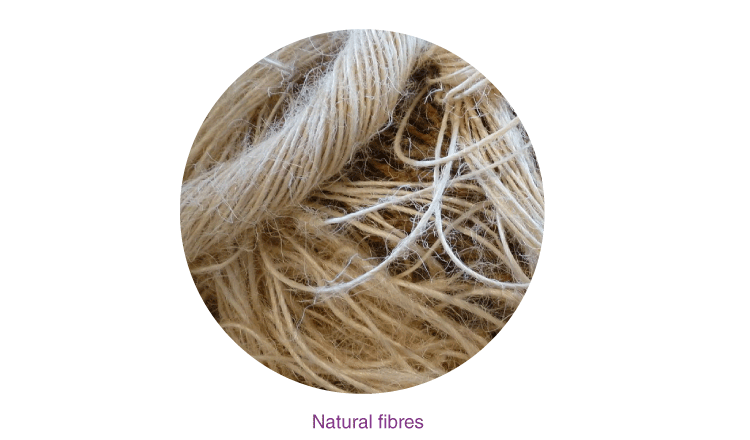
For more information on Synthetic and Natural Polymers, watch the below videos
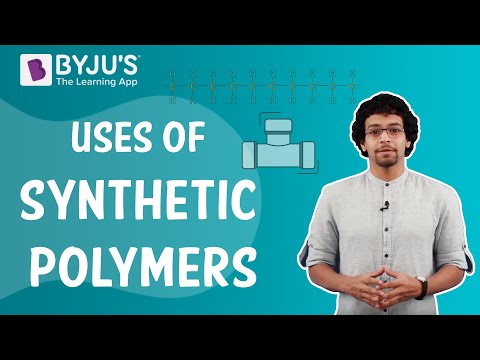
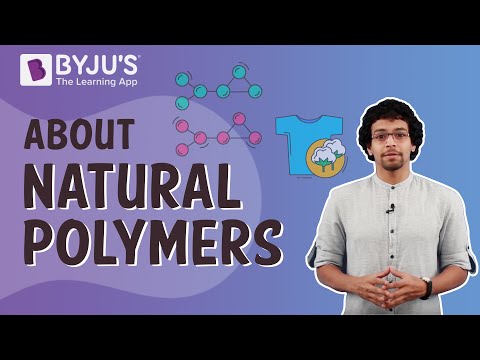
To know more about Natural Fibres, visit here.
The Story of the Silkworm
Silk
- Silk fibres are obtained from the cocoon of a silkworm. It takes 10 kg of the cocoon material to create 1kg of silk.
- The process was discovered in China, where it was kept as a closely guarded secret for a long time.
- Silk is costly due to the material quality and production process involved. It is used in making sarees, ties, etc.
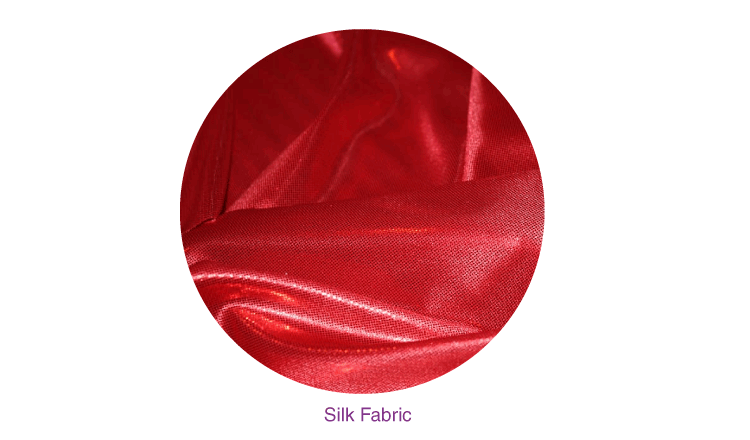
To know more about Silk, visit here.
Raving about Rayon
Rayon
- Rayon is made from purified cellulose, which is chemically converted into a soluble compound.
- Rayon comes from natural sources such as wood pulp but is considered as a man-made fibre. This is because rayon can be treated chemically.
- When rayon is compared with silk, it is inexpensive but can be woven like silk fibres.
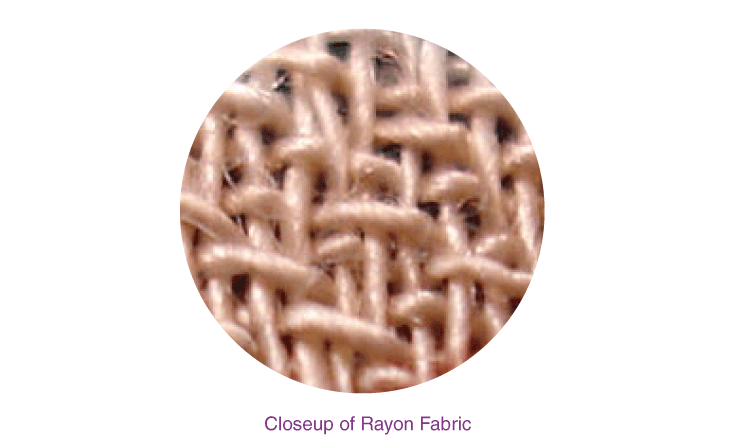
For more information on Rayon Fabric, watch the below video
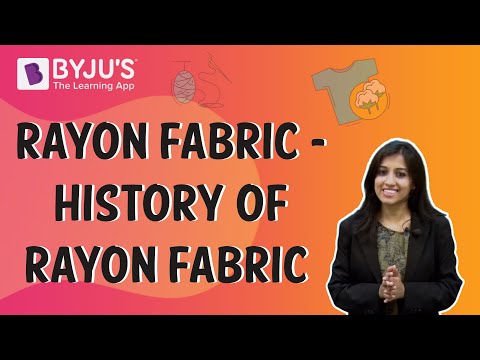
Nylon
- Nylon is a synthetic fibre obtained from coal, water and air.
- The first fully synthetic fibre obtained was nylon.
- The characteristic properties are that it is light, strong, and elastic.
- Nylon finds application in the manufacturing of socks, ropes, tents, car seat belts, sleeping bags, curtains etc.
To know more about Rayon and Nylon, visit here.
Pushy – Pull Polyesters
Polyester
- Polyester is made of repeating units of a chemical called an ester.
- It is a crease-free synthetic fibre.
- It is best suited for the making of dress materials as it is crisp and is easy to wash.
- A popular polyester is Terylene.
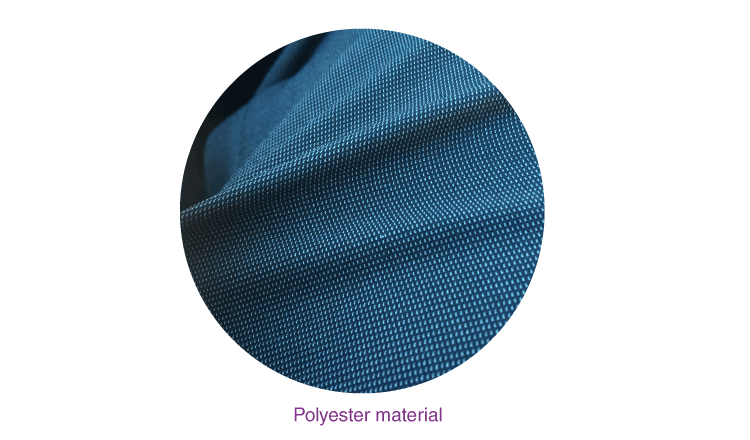
To know more about the uses of Polyester, visit here.
Fake Sheep – Acrylic
Acrylic Fibre
- Acrylic is a synthetic fibre that resembles wool.
- The wool obtained from natural sources is quite expensive, whereas clothes made from acrylic are relatively cheap.
- Synthetic fibres are more durable and affordable which makes them more popular than natural fibres.
Plastic Attack Alert
Plastic
- Plastic is also a polymer like synthetic fibre.
- All plastics do not have the same type of arrangement of units. In some, it is linear, whereas in others, it is cross-linked.
- Plastic can be recycled, reused, coloured, melted, rolled into sheets or made into wires. That is why it finds such a variety of uses.
To know more about Plastics, visit here.
Thermoplastics
Plastic, which gets deformed easily on heating and can be bent easily, are known as thermoplastics. For example, polythene and PVC
Thermosetting Plastics
Plastics, which when moulded once, can not be softened by heating. Eg: bakelite and melamine.
Characteristics of Plastics
– Plastic is non-reactive
– Plastic is light, strong and durable
– Plastic is a poor conductor
To know more about Properties of Plastics, visit here.
Biodegradable and Non-Biodegradable Materials
A material that decomposes through the natural process is biodegradable, and materials that are not easily decomposed by natural processes are termed non-biodegradable. For example,
Biodegradable – fruits, paper
Non Biodegradable – plastic, tin
To know more about Biodegradable and Non-Biodegradable Materials, visit here.
Environmental Effects on Plastic
- Plastic takes several years to decompose, it is not environmental friendly.
- It causes pollution.
- The burning process in the synthetic material is quite slow, and it does not get completely burnt easily.
- It releases lots of poisonous fumes into the atmosphere causing air pollution in the process.
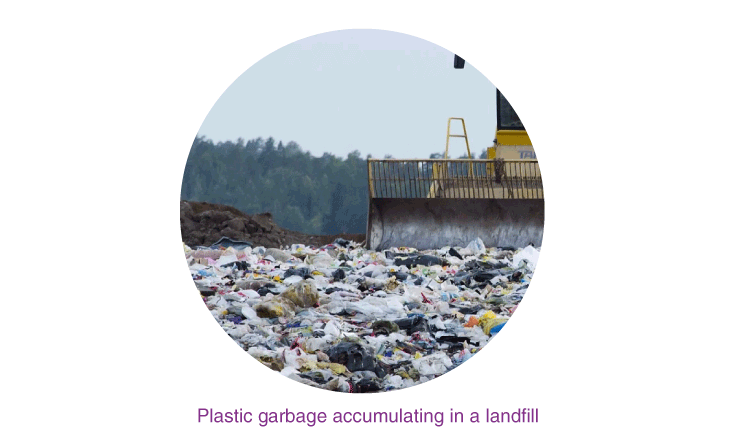
To know more about the Effects of Plastics, visit here.
Implement the 4 R principle in everyday life. The 4Rs are as follows.
- Reduce
- Reuse
- Recycle
- Recover
These habits are environment-friendly.
| Also Access |
| NCERT Solutions for class 8 Science Chapter 3 |
| NCERT Exemplar for class 8 Science Chapter 3 |
Learn more about synthetic fibres and plastics and other related topics including CBSE class 8 Science notes, at BYJU’S.
Also, Read
| Synthetic Fibre | Plastics |
Frequently Asked Questions on CBSE Class 8 Science Notes Chapter 3 Synthetic Fibres and Plastics.
What are the main properties of Rayon?
1. The main properties of rayon are 1. Soft and shiny appearance 2. Easily drapable 3. Moisture absorbent 4. Breathable fabric 5. Smooth and comfortable to wear
What are the uses of Polyester?
The uses of polyester are Air filters, carpets/rugs, Fishing nets, Rope/strings etc.
What are the disadvantages of plastic?
The disadvantages of plastic are that it is toxic and detrimental to animal/human body and non-biodegradable.
Comments